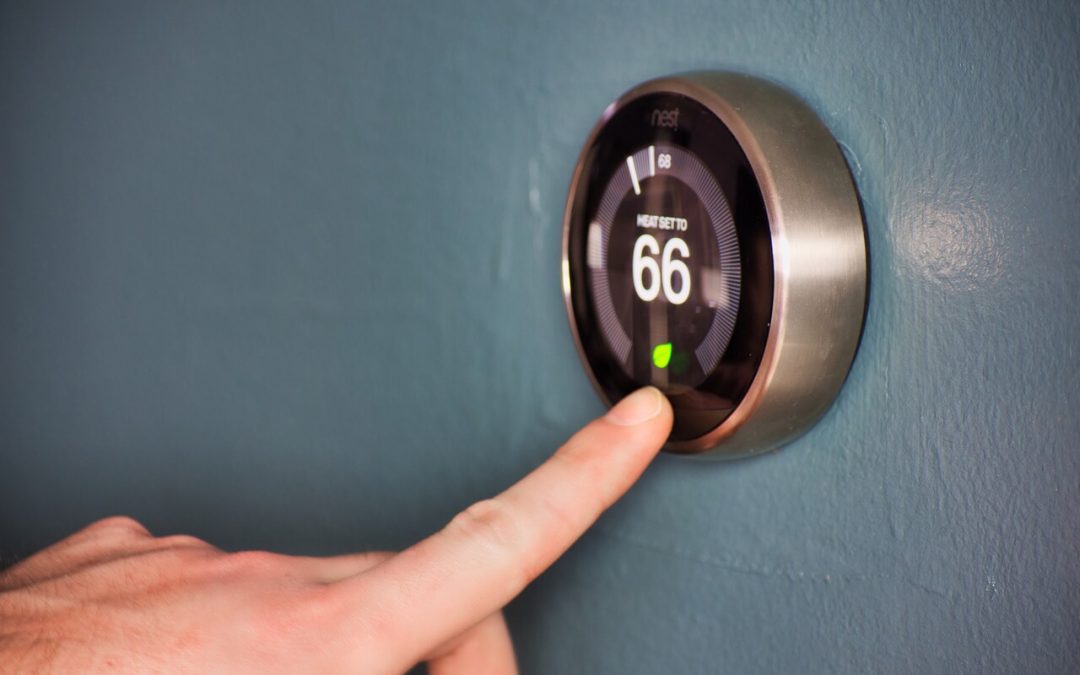As homeowners, we want to make our houses comfortable, functional, and cost-effective. Improving energy efficiency is one of the best ways to achieve this. Reduce your carbon footprint and save money with these five home improvements to boost energy efficiency and lower utility bills.
Boost Energy Efficiency with These Home Improvements
Upgrade to Energy-Efficient Appliances
One of the easiest ways to boost energy efficiency is by replacing old appliances with modern, more efficient models. Look for appliances with the ENERGY STAR label, indicating they meet strict energy efficiency guidelines set by the US Environmental Protection Agency. Purchasing energy-efficient refrigerators, washing machines, dishwashers, and water heaters will save money on monthly energy bills.
Invest in Energy-Efficient Windows
Your home’s windows help regulate the indoor temperature and energy usage. If your windows are old or poorly insulated, they allow hot air to seep in during the summer and escape during the winter. The HVAC system must work harder to maintain a comfortable environment. Invest in energy-efficient windows with double or triple-pane glass, low-emissivity coatings, and insulated frames to reduce heat transfer and improve insulation, lowering your heating and cooling costs.
Seal Air Leaks and Improve Insulation
Air leaks and inadequate insulation are common issues that waste energy. Gaps and cracks around windows, doors, vents, and electrical outlets allow conditioned air to escape and outdoor air to infiltrate. Seal air leaks with caulk, weatherstripping, or expanding foam insulation and add insulation to attics and crawlspaces to prevent energy loss and create a comfortable indoor environment.
Improvements to Boost Energy Efficiency: Install a Programmable Thermostat
A programmable thermostat allows you to set specific temperature settings for different times of the day or week. Optimize your HVAC system’s use based on your schedule and preferences. Program the thermostat to lower the temperature when you’re away from home or asleep and raise it when you’re awake and active. This simple upgrade reduces energy consumption and saves money by preventing unnecessary heating and cooling of your living spaces.
Switch to LED Lighting
Lighting accounts for a significant portion of a home’s energy use, especially if you’re using traditional incandescent or fluorescent bulbs. LED (light-emitting diode) bulbs are more energy-efficient, using up to 80% less energy and lasting up to 25 times longer than incandescent bulbs. LED bulbs have a higher upfront cost, but long-term savings on energy bills and replacement costs make them worthwhile investments.
These home improvements go a long way in boosting energy efficiency, reducing environmental impact, and lowering utility bills. Each step brings you closer to a more comfortable, sustainable home.
FAQs
How can I prioritize which energy-efficient home improvements to make if I’m on a limited budget?
If you’re on a budget, choose improvements based on their potential cost savings and return on investment. Start with low-cost improvements such as sealing air leaks and adding insulation, which offer significant energy savings for minimal investment. Then, upgrade to more expensive improvements such as energy-efficient appliances or windows as your budget allows.
Are there maintenance tasks that keep a home energy-efficient year-round?
Yes, several simple DIY maintenance tasks help boost energy efficiency. Change the HVAC filters, seal air leaks with weatherstripping or caulking, maintain good ventilation in attics and crawlspaces, and keep blinds or curtains closed during hot summer days to reduce heat gain.
How much money can I save by upgrading to energy-efficient appliances?
The money you can save depends on f the efficiency of the appliances you choose and your household’s energy usage. On average, homeowners can save hundreds of dollars annually by purchasing ENERGY STAR-certified appliances.
What are signs my windows need to be replaced for better energy efficiency?
Drafts, condensation between window panes, difficulty opening or closing, and visible damage to the window frames or glass indicate you may need to install new windows. These issues mean your windows don’t provide adequate insulation and may be contributing to energy loss.
How can I determine if my home is adequately insulated, and what are the consequences of inadequate insulation?
Conduct a home energy audit or hire a professional to assess your insulation levels. Signs of inadequate insulation include uneven temperatures, high energy bills, and drafts. Insufficient insulation increases energy usage and leads to higher heating and cooling costs.
SC Property Inspections provides professional inspection services to the Lowcountry of South Carolina. Contact us to request an appointment.

